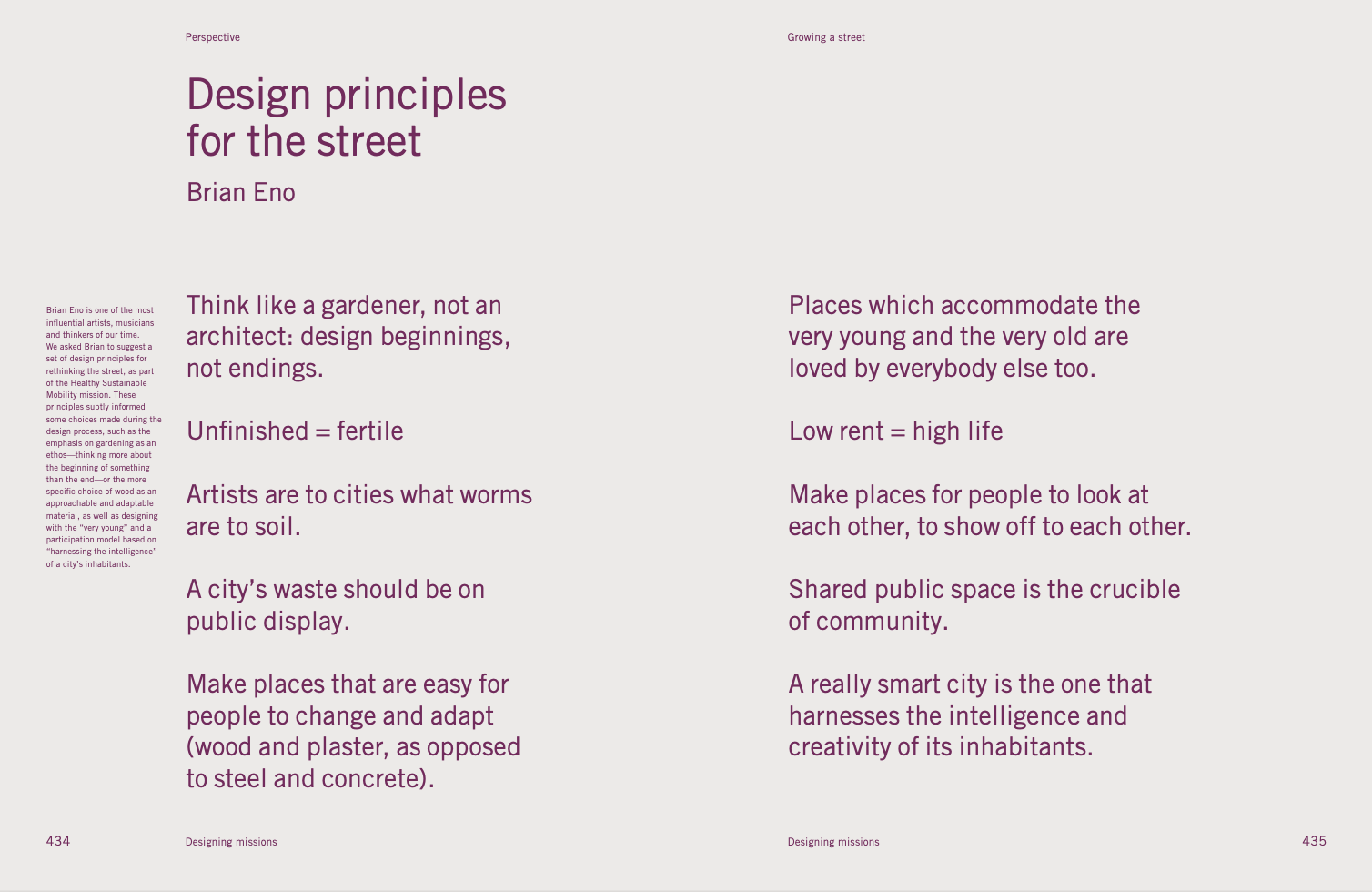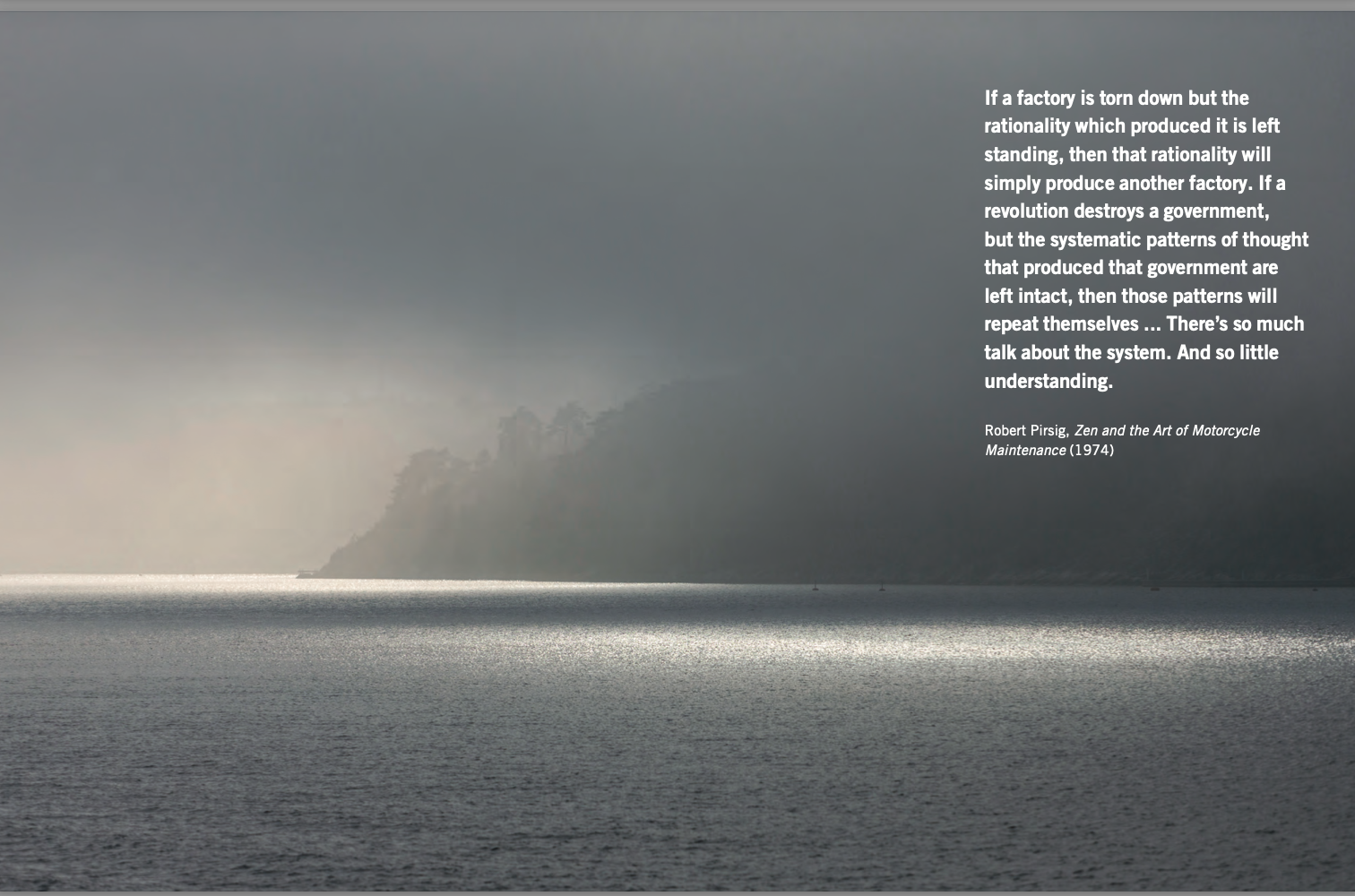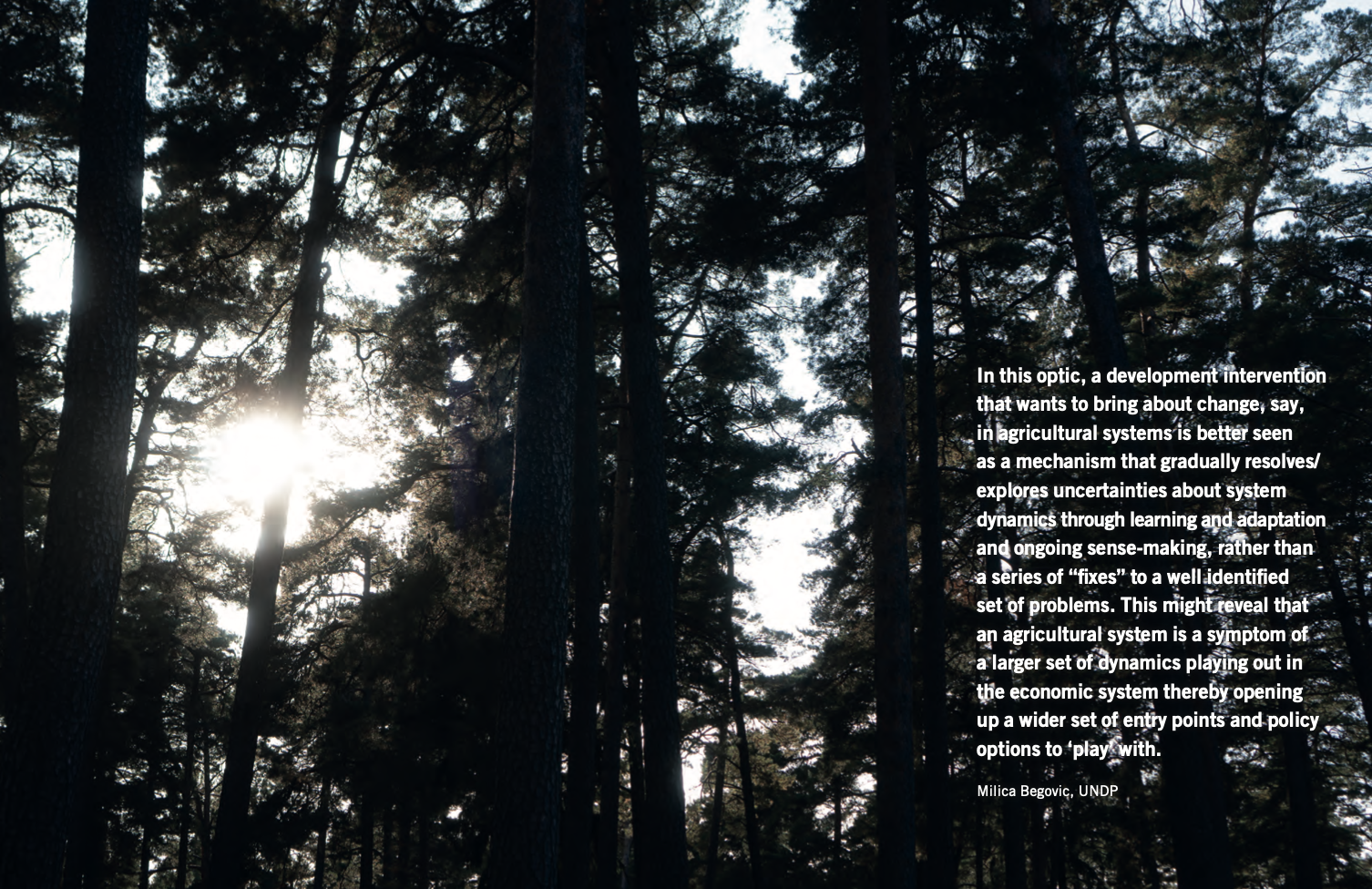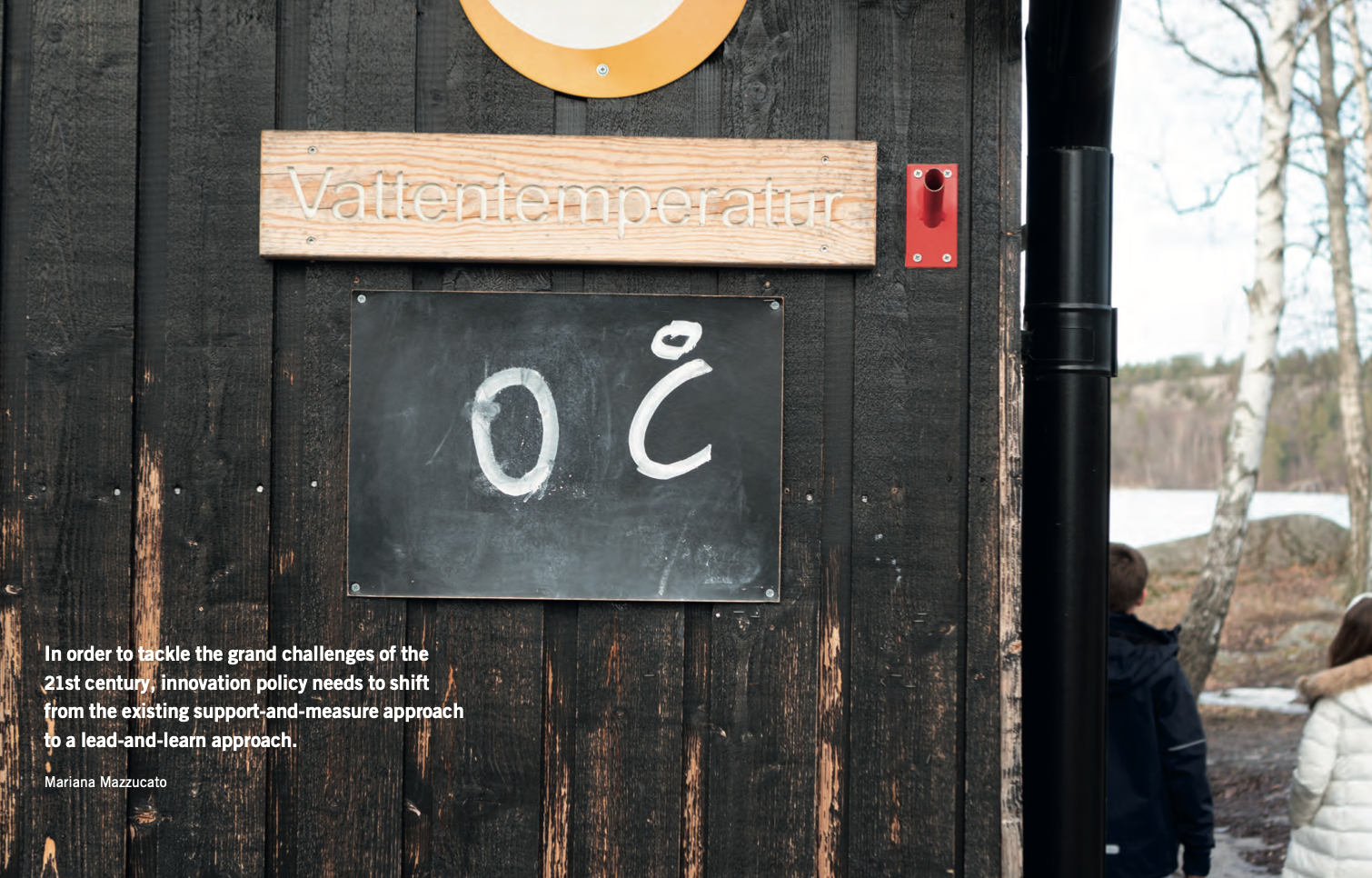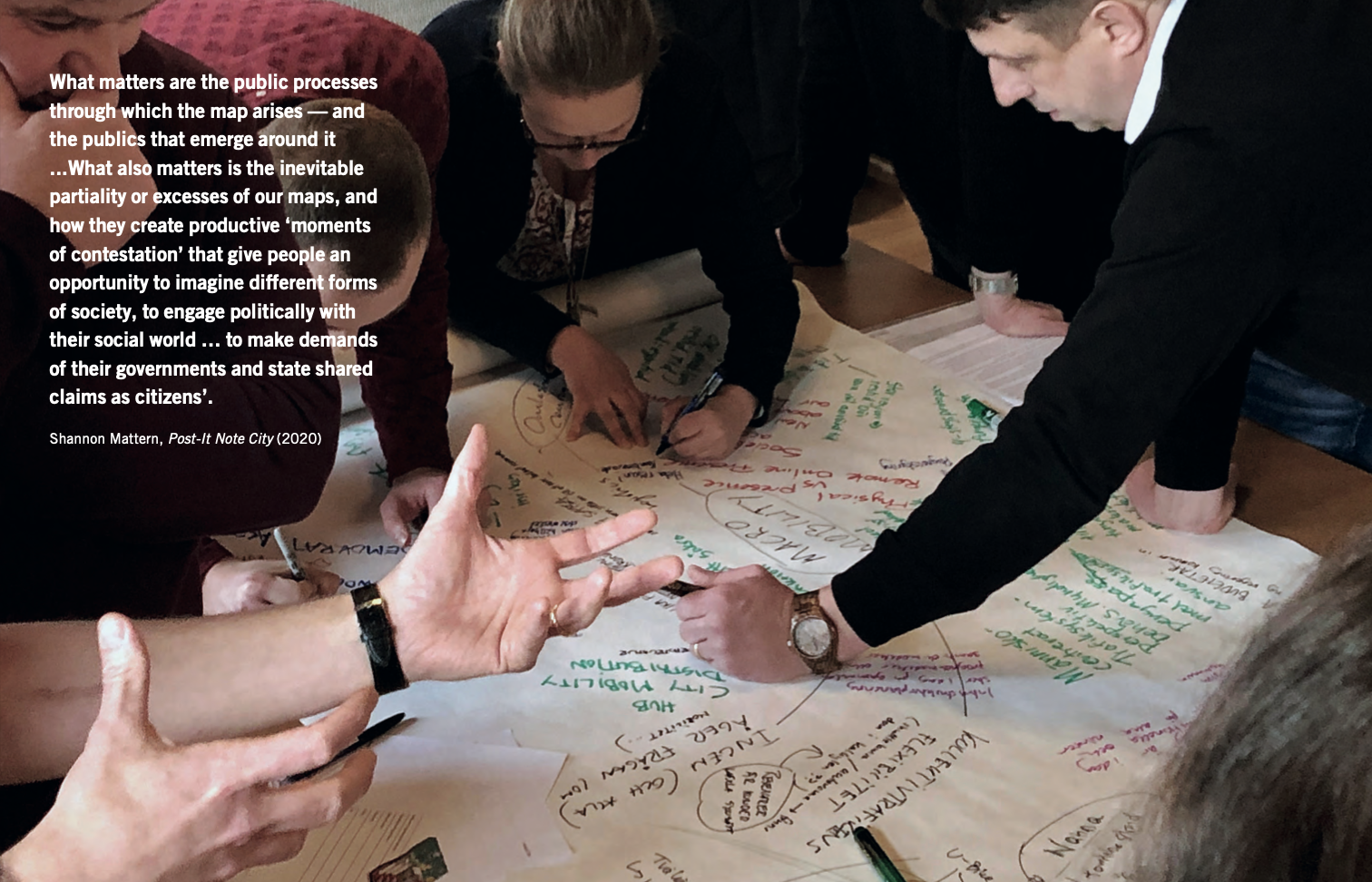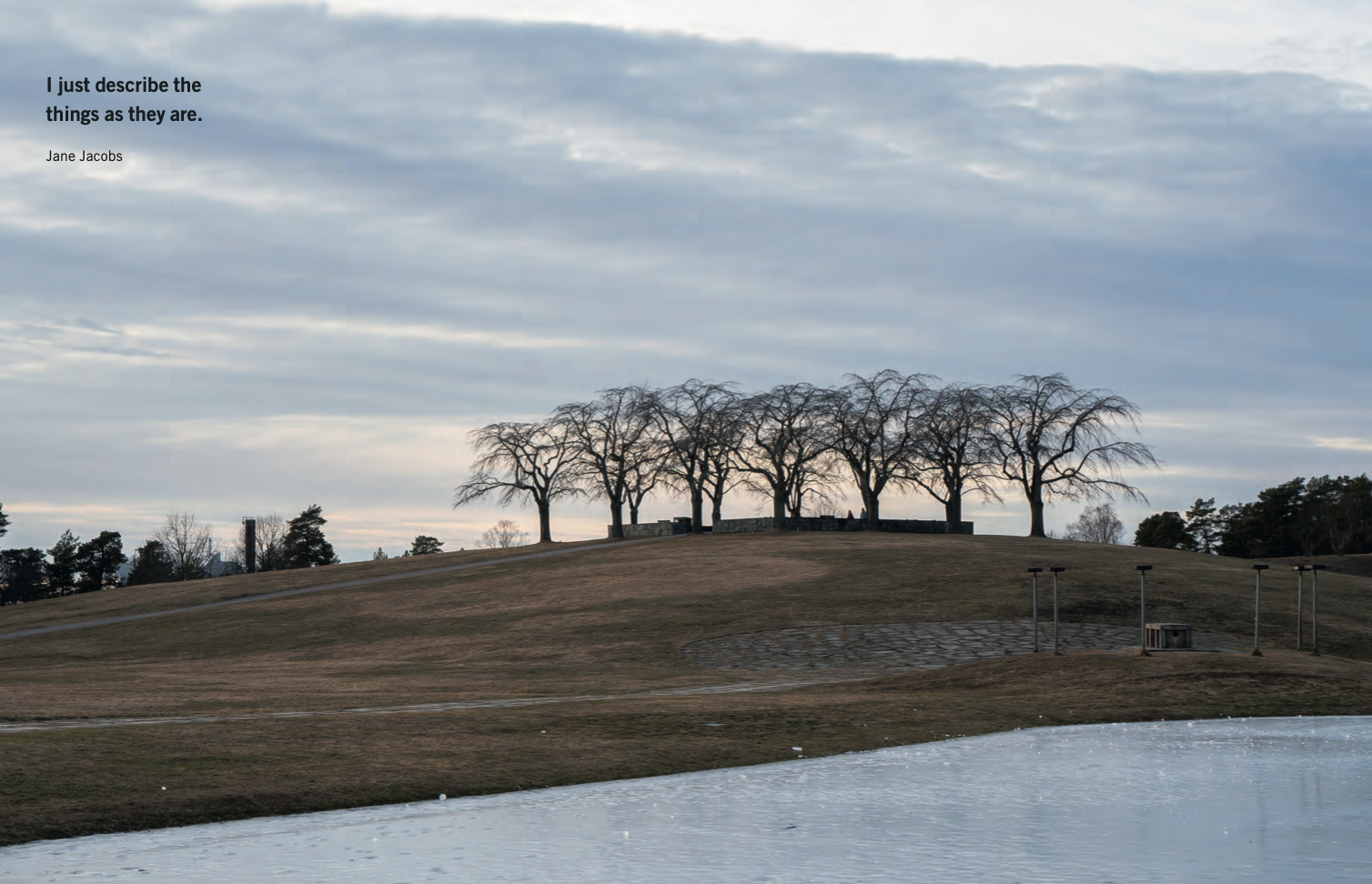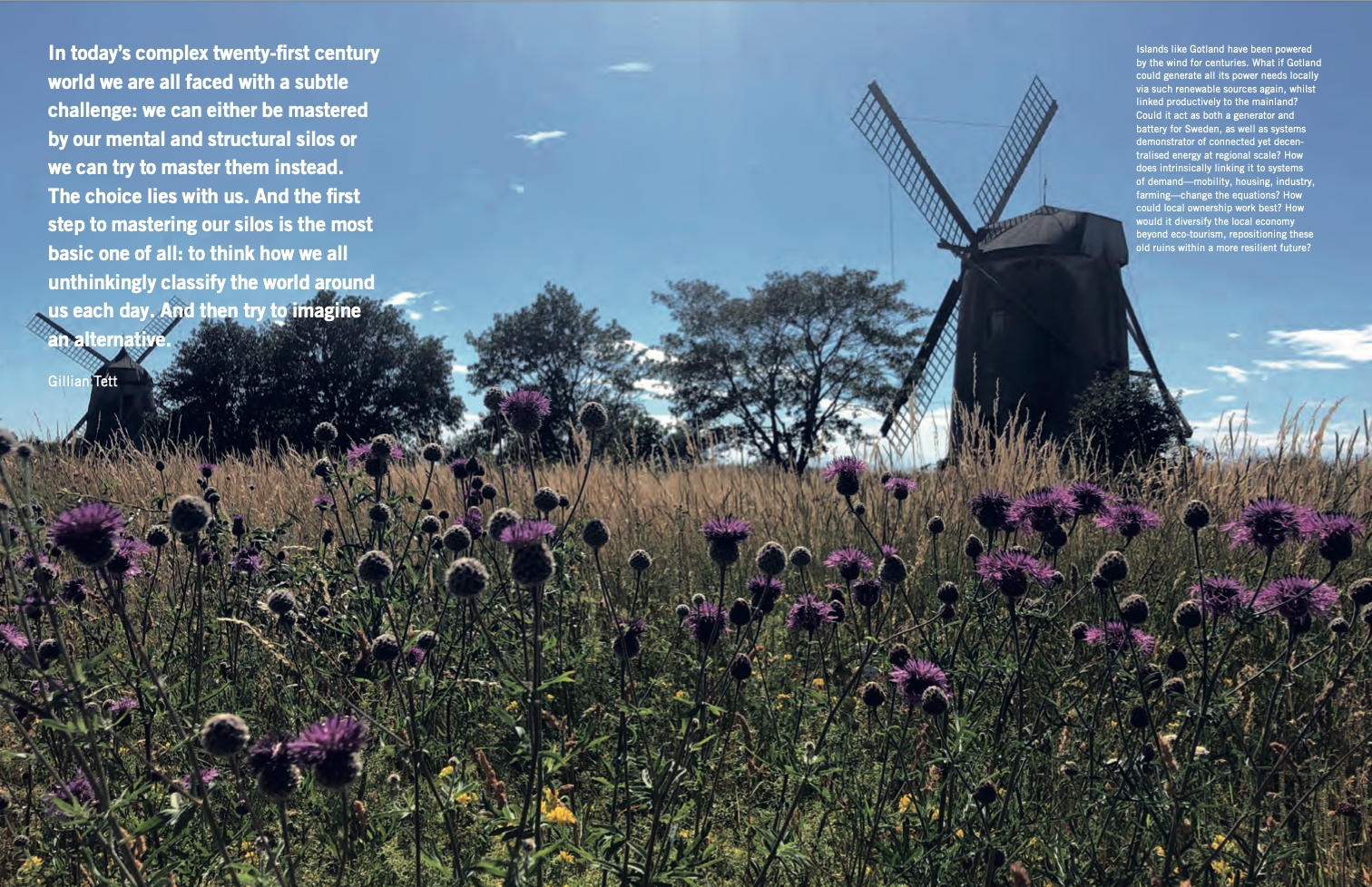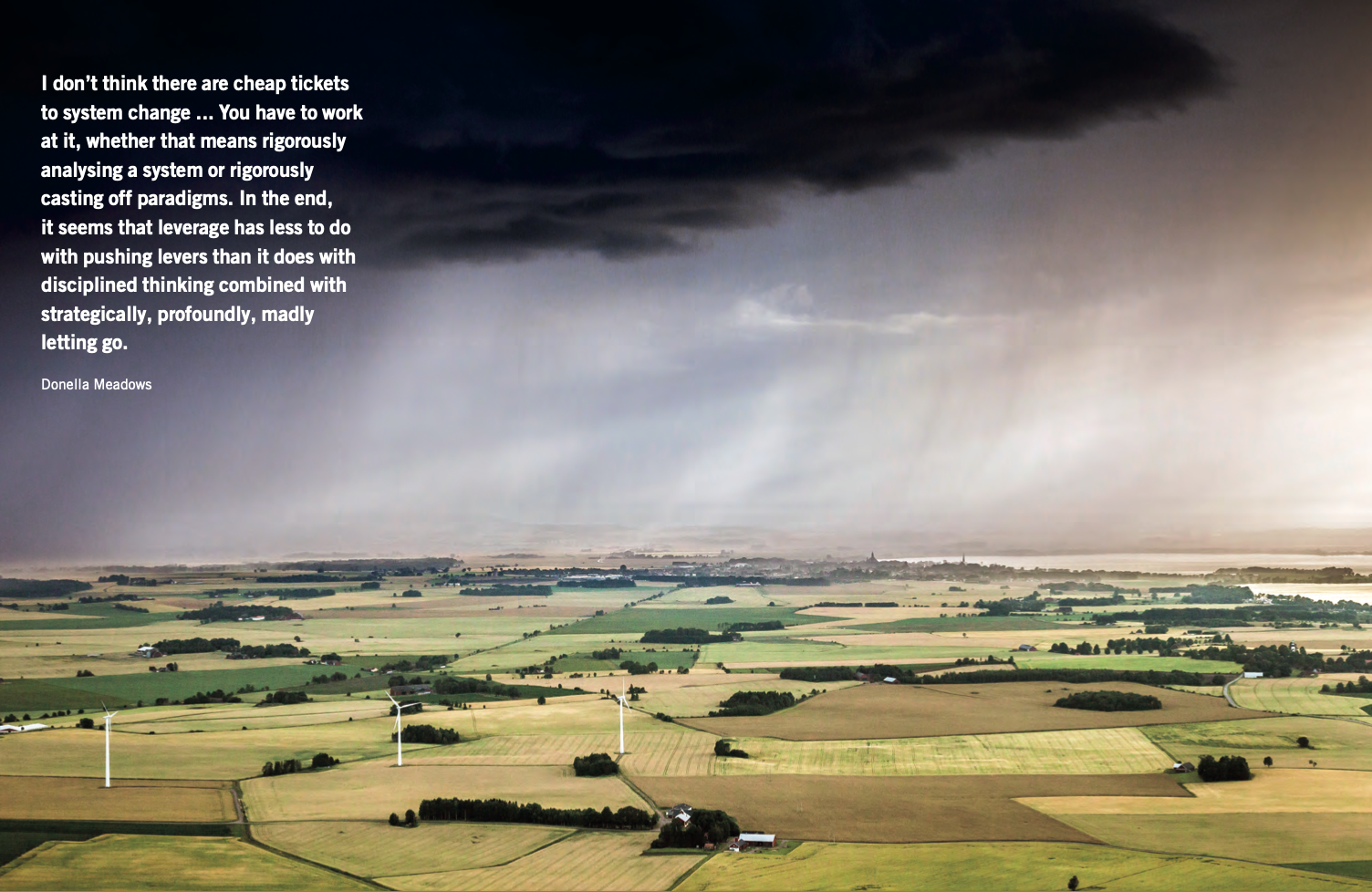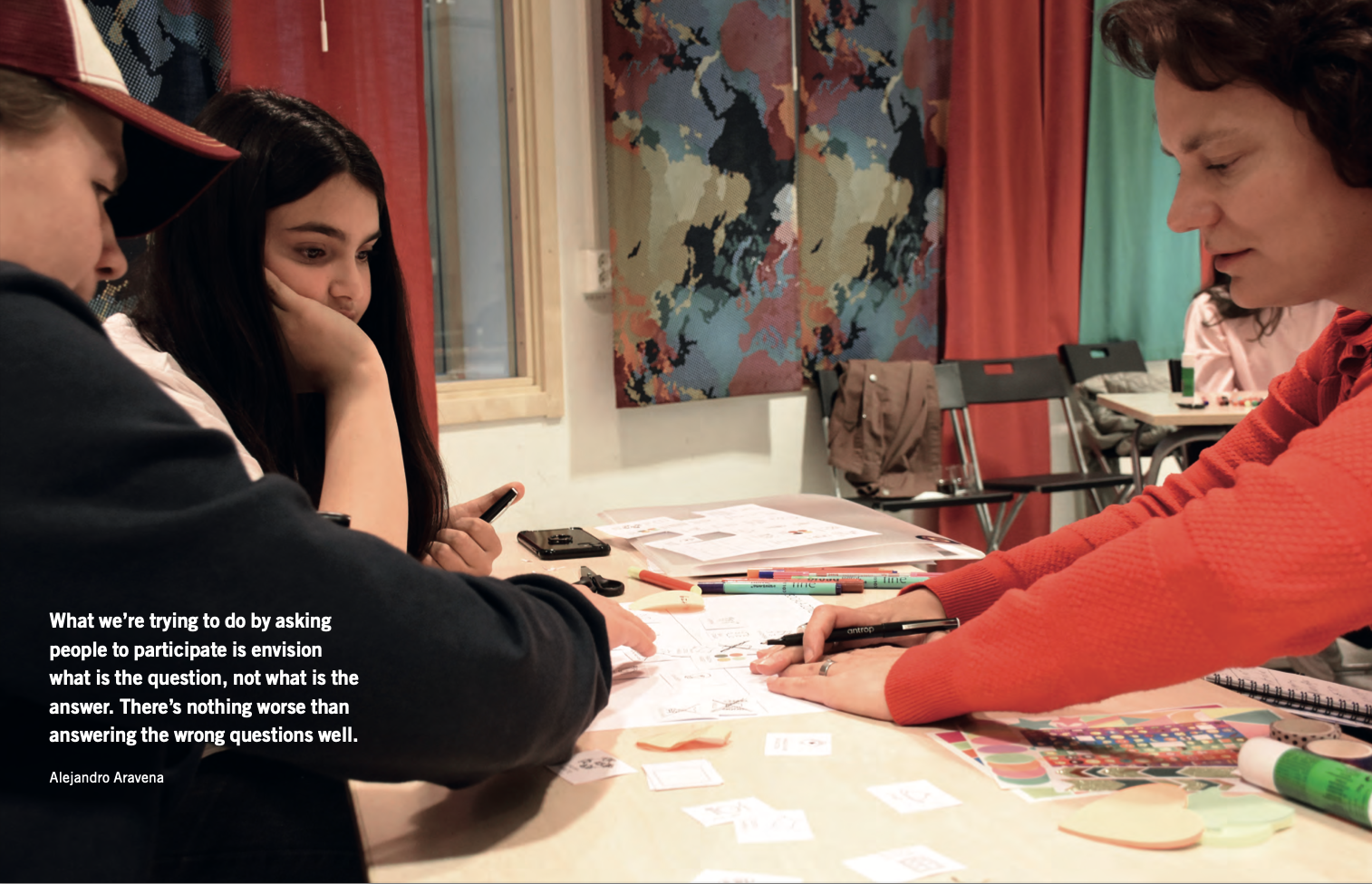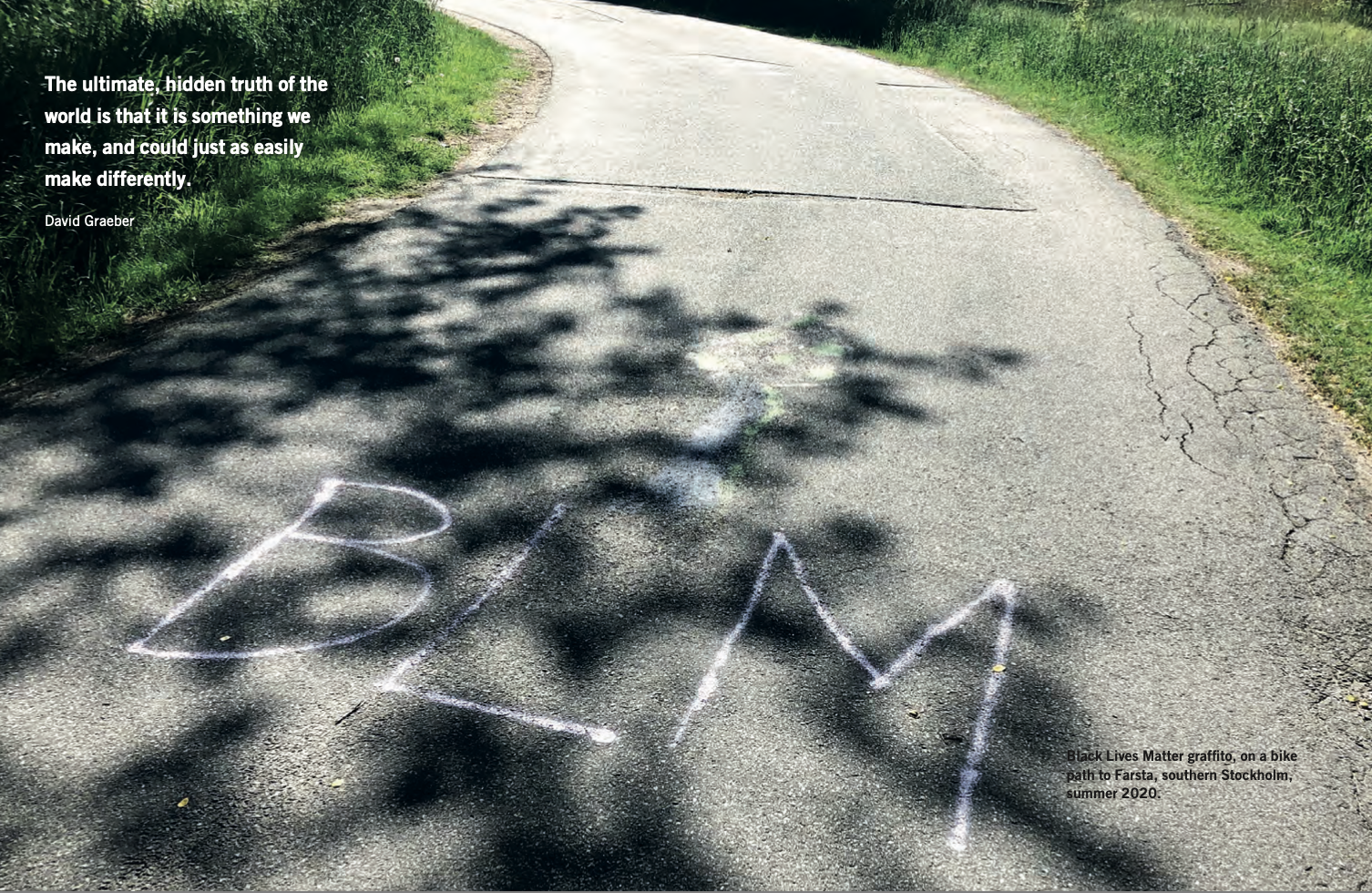We need big “missions” to address our crises - but communities must co-create the “North Stars”. Vinnova’s new report shows how
From “Designing Missions”
At the Alternative Global, we want governments to be “partner states” to empowered, self-determining communities, initiatives and enterprises. Our focus is mostly on the strengthening of communities, by means of new tools and infrastructures that are available to help them deliberate, imagine and decide.
So we have predominantly focussed our news editorial here into bringing you the view from below - with a bias towards action and creation, not waiting on electoral cycles.
But we sometimes like to highlight methods that at least show how government can extend that partnership, from their side. What the modes of working, what the motivating narratives are, that don’t just treat people as pawns in the game of politicians or civil servants.
One might have thought that, in an era with a hard-climate deadline ahead of us, there might be the strong possibility of community-government partnership. Even agreement on the “mission” that could gather together many elements (various capitals, technologists, designers of all kinds, with communities on the ground) to achieve the “moonshot”-like goal.
We were alerted by our great ally John Thackera to this compendious and definitive report, lead authored by UK designer Dan Hill, brought out by Sweden’s government innovation agency, Vinnova. Titled Desiging Missions: Mission-Oriented Innovation in Sweden, the explanatory blurb from the back cover is below:
Designing Missions is a playbook for innovating how we innovate. It describes a new toolkit of techniques for mission- oriented innovation, drawn from real experiments on the ground.
Mission-oriented innovation means not only fundamentally rethinking how innovation happens and what it is, but also the ways in which government, business and society interact. Yet although the theories behind missions have been pounced upon by hungry innovation experts everywhere, there are still precious few examples of mission-oriented innovation in practice.
This book closes that gap, at least a little, by sharing the stories of how Vinnova, the Swedish government’s innovation agency, interpreted and explored mission-oriented innovation in Sweden between 2019 and 2022.
The book also explores the backstory: the origin of these new methods and mindsets, and why missions are important. Drawing from real-world prototypes and projects, it shows how people, places, and the public and private sectors can be central to these new innovation practices, and how it may be possible for governments at all levels to work together around these shared agendas and complex systems, changing from within in order to deliver on truly ambitious societal outcomes.
More here. We would recommend, as John does, that you treat this as the opposite of a page turner - there is insight and clarity on every page. But below, we’re going to take an aesthetic approach to summarising its content - by posting grabs from the calming, beautiful pages on which they display their choice, inspirational quotes.
No doubt these are intended to help readers between the diagrams and categorisations. But we like them as a cultural expression of the methodologies contained here - painstakingly trying to mobilise the “whole system” in the direction of (for the Swedish examples here) better food and more regenerative street-life. There’s an opening quote from Brian Eno in the gallery below.
